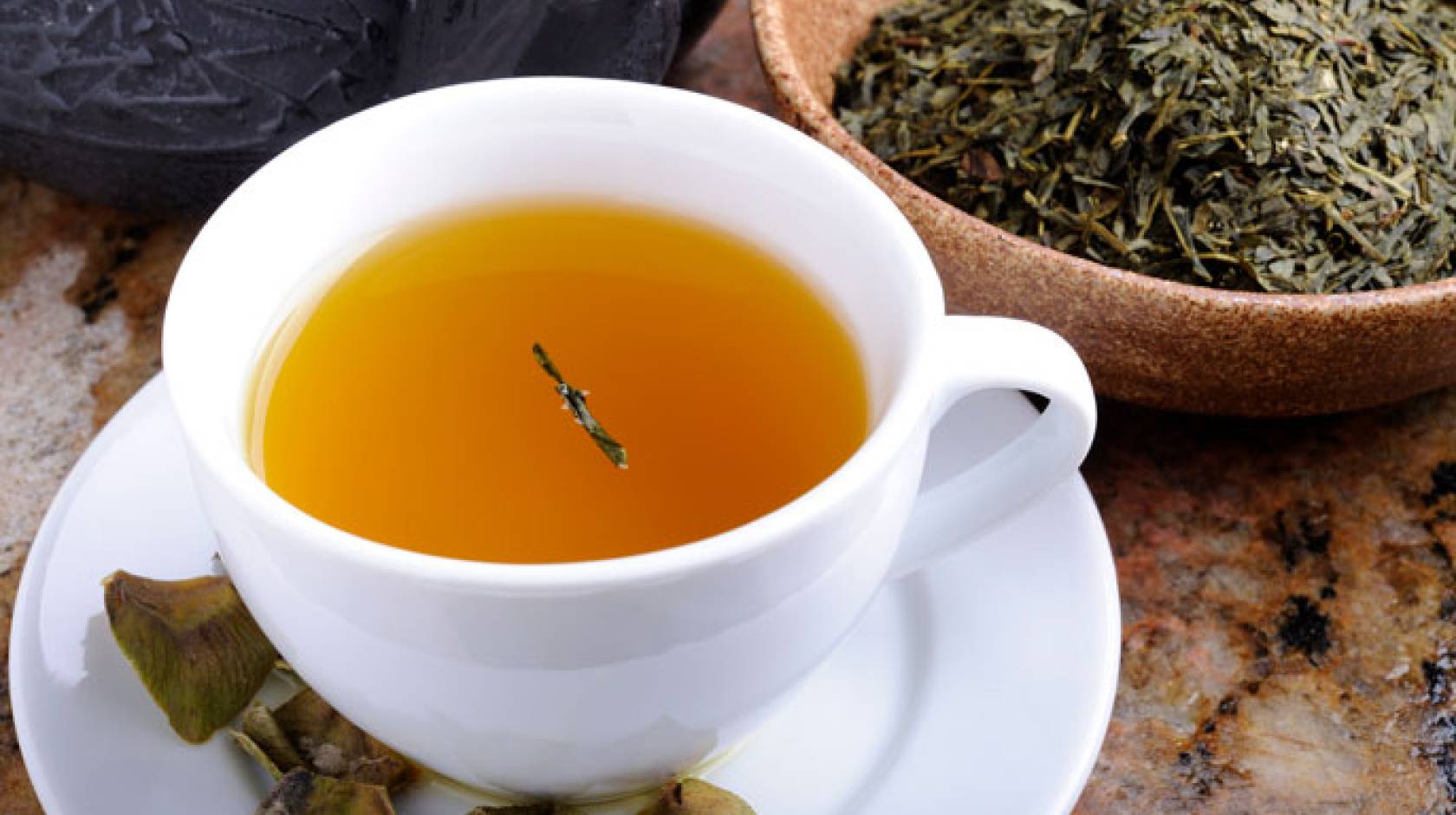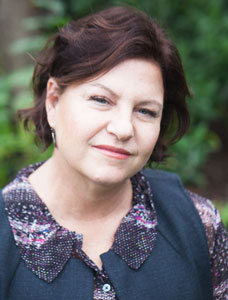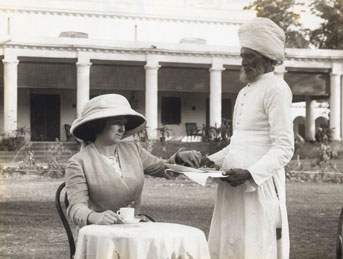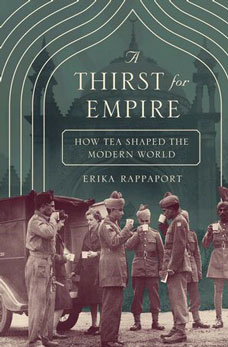Jim Logan, UC Santa Barbara

If you were to take a map of the Earth and trace the rise of tea industry and culture, and then outline the boundaries of the British Empire at its height, you’d get an idiosyncratic Venn diagram of overlapping fields. It wouldn’t be perfect, of course, but the relationship between the two would be revealing and undeniable.

Credit: UC Santa Barbara
That’s what Erika Rappaport, a professor of history at UC Santa Barbara, has done, and more, in “A Thirst for Empire: How Tea Shaped the Modern World” (Princeton University Press, 2017). The book takes a deep look at the rise of tea and how it became one of the first commodities of globalization.
In exploring tea’s emergence as a phenomenon spanning four continents, Rappaport discovered a fascinating story of empire, marketing, intrigue, colonialism and cultural appropriation. At its heart lay the British Empire and its voracious hunger for territory and riches.
“It was a perfect example of the West taking over from the East,” Rappaport said. “I thought this was a real example of the British Empire using its power and law and army and resources to seize the market.”

Tea, of course, predates the British Empire by nearly 5,000 years, when it was “discovered” by the Chinese. But the empire’s aggressive push to dominate the tea trade — and the areas where it was grown — represented the most striking expansion of tea culture in those five millennia. From the early 19th century to the middle of the 20th, tea became entrenched in the culture of every country the empire touched except one: the United States.
For Rappaport, who studies consumer culture, the story of the British Empire and tea was a veritable gold mine. The empire didn’t merely establish colonies, it used its resources in an effort to dominate the tea trade at every level, from planters, distribution, marketing, finance and more.
“What I didn’t expect to see was how much the British Empire was also involved in the marketing and selling of tea,” she said.
Establishing a dominant tea trade took decades and all manner of missteps, Rappaport noted. To begin, the Chinese closely guarded the tea crop, making it hard — though not impossible — to sneak seeds and plants out of the country. But even when the British did get their hands on Chinese tea, they really didn’t know what to do with it. Tea arrived in Europe early in the 17th century, but it would take almost two centuries before it became a stable commodity for the British Empire.
Once the British figured out how to grow tea in India, Sri Lanka and Africa, they dominated the market from the late 1880s to the 1930s, when they controlled about two-thirds of the global tea trade.

What intrigued Rappaport was one of the ways they did it: through advertising. Indeed, the British campaign to market tea to the world looked a lot like what we call globalization today. “To me, as a scholar of advertising, that’s what really made the project interesting,” she said. “I wanted to argue that global advertising is really an imperial invention, at least in this case. And they were really successful. If you think about how many people drink tea — except for here.”
The British tea barons’ inability to persuade Americans to take up tea was one of their most glaring failures, Rappaport said. Colonial Americans drank tea, but when coffee took off here in the mid-19th century, tea drinking stayed flat.
There was plenty of blame for tea’s failure in the U.S., Rappaport noted. “I think part of it is Americans came to really resent tea as a sign of Englishness,” she said. Then, in the 1920s and ’30s, tea was demonized as not quite manly enough. “They actually said it was for gay men, and they used terms like ‘mollycoddle’ and ‘sissy.’ ”
Ultimately, Rappaport said, “The British couldn’t really understand our country. They did the worst marketing here because they thought we were Anglo-Saxon, but America is so diverse. The people who drank tea in America were immigrant groups — East European Jewish communities, Irish, Canadians, all those kinds of immigrants. But the marketers didn’t think in those terms. They kept marketing tea as British, and we kept saying, ‘We don’t want it.’ ”

